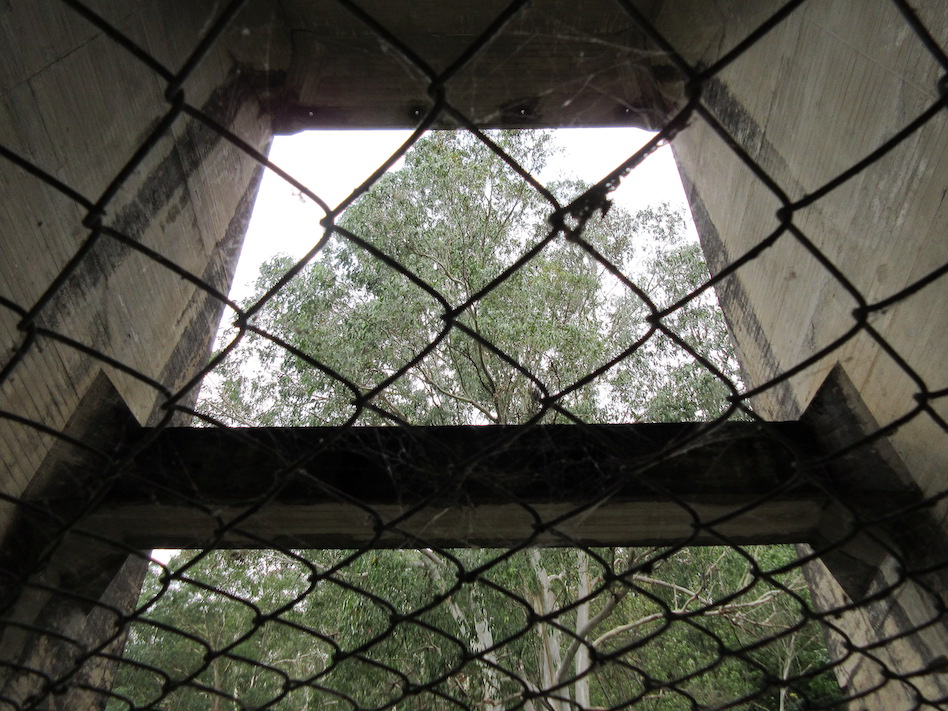Having stayed in Bogong quite a few years ago I can attest to some degree of memory loss. I remember the lake and the village, but not certain details—which I assumed I would have some inkling of. Having said this, I do remember a track running down-stream beside the river, starting on the other side of the dam wall. Now it is completely overgrown. Also, at the other end of the lake, upstream, I’m sure that there was some low causeway over the river…or maybe there wasn’t… (“No memory, ever remains the same…” (Oliver Sacks, 1995)).
I originally proposed to go up to the Bogong High Plains in September (when there would still be snow), but recent Covid restrictions meant I ended up choosing to make this an early autumn residency—the landscape still dry. This has left me without a designated plan (not that one is necessary). Even so, for some reason I keep returning to the theme of water…
In an essay, ‘remembering rain: listening to water and memory [loss]’ by Sebastian Hegarty—and which I thought pertinent to Bogong and its continuous watersounding backdrop—he writes that sound is intangible and slippery. It shares the ‘substantial nothingness’ (Gaston Bachelard) of water with memory. It’s always in flux as it creates its own moment by moment dimensions.
In connection to my fascination with the resonant acoustics of dwellings, buildings, etc, I have been making recordings of being inside the Junction Dam— on the walkway linking it to the other side of the dam. Close to the middle section between walls of concrete there is the resonant trickle of water from many metres below, while at either side, in corresponding sections, it gradually becomes quieter (distant from the trickle) to the point of near silence, until at both ends it opens up again onto the outside world. It is this “substantial nothingness” which accords to my sense of memory loss and imagination, the middle section acting as a starting point from where its flux gradually diminishes— in the process stretching the capabilities of a Olympus LS-100 recorder using its on-board mics. Now I await for the rain and its echoic drips, but no rain has taken place —rain that will occupy space and time in ways that I might think of the site anew, as sound (memory) which is not always about disappearance.
But then there’s the larger cultural narrative of the dam’s internal acoustics—the dam built by workers, many immigrants from war-torn Europe who carved out a living at Bogong, many who were nostalgic for the old country. From then on SES (and later AGL) maintenance workers and many others, including school groups over the years, have walked through the dam, all contributing to the passing of time, their presence (including footsteps, voices) leaving their trace in the memory and imagination. As Gaston Bachelard describes, memories are “housed”, “..the more securely they are fixed in a space, the sounder they are”—our experience of architypal spaces (e.g, basements and other dark spaces) also determined by our aural perception and imagined projection of ourselves into that space.
The question is what to do with these recordings? They are simply experiments in recording and listening, about being here and not being here. It’s early days, as I reflect on what I want to come from this residency… clarity of purpose being one…
